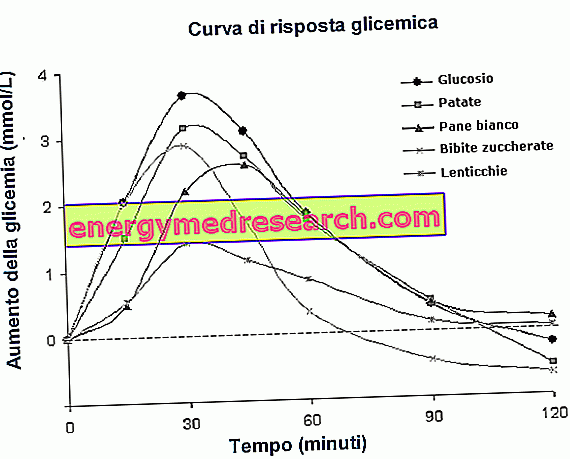
Herpes zoster (also known as shingles ) is a recrudescence of chickenpox caused by children. Infection in adulthood derives, in fact, from the reactivation of the varicella-zoster virus from its latent state in a dorsal root ganglion. The most characteristic sign of the disease is a painful rash, the onset of which is preceded by a tingling sensation or local numbness . A strip of red dots then appears, which then evolves into groups of vesicles on an erythematous and fluid-filled base, similar to varicella lesions. The pain is very intense and continuous, associated with itching and superficial burning. The shingle fire is located in a very specific area: it occurs most frequently in only one side of the chest or back at waist height; the distribution of the vesicular eruption always corresponds to that of the sensory nerves affected by the virus. More rarely, the lesions appear on one side of the face, around the eye and on the forehead, inside the mouth, on an arm or on a leg. Sometimes, herpes zoster also presents with fever, chills, headache and general malaise.
The symptoms that characterize Herpes zoster lend themselves to a fairly unambiguous interpretation and the visual inspection of the affected area by the doctor is generally sufficient. If suspicious signs are present, it is possible to resort to some laboratory tests . The most common assessment is the blood test for the detection of IgM specifically linked to the presence of varicella-zoster virus (VZV). In other cases, on the other hand, it is possible to carry out the determination of viral particles by PCR (polymerase chain reaction for the research of virus DNA).



